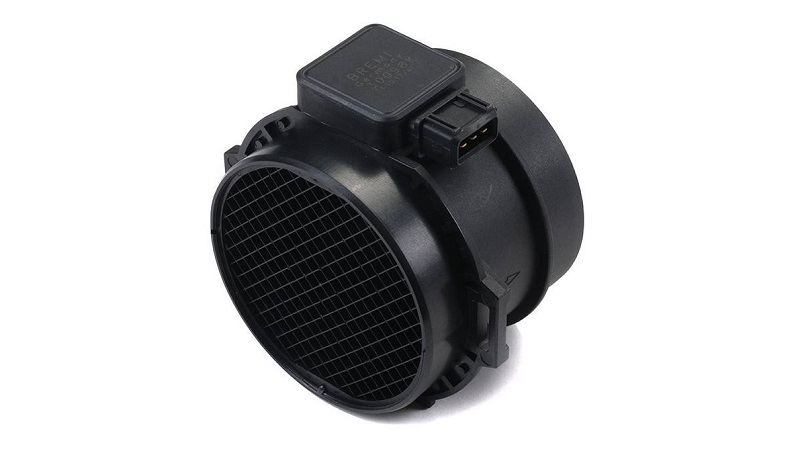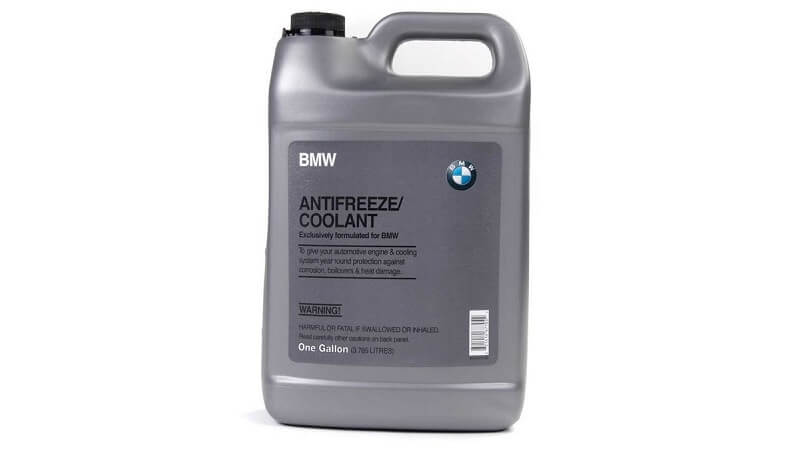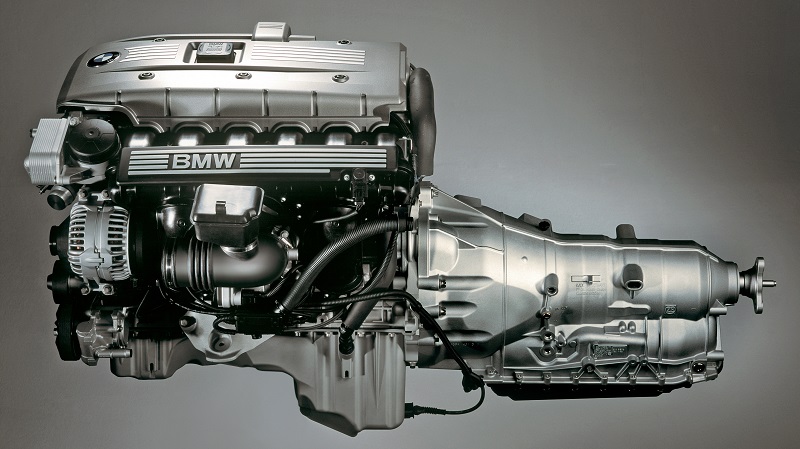Owning a BMW is a privilege that comes with the joy of driving a precision-engineered machine renowned for its performance, style, and innovation. However, like all vehicles, BMWs are not immune to occasional issues, and one of the most dreaded moments for any BMW owner is when a dashboard warning light illuminates. This is where the world of Diagnostic Trouble Codes (DTCs) enters the scene.
DTCs are like secret messages from your car’s onboard computer, revealing hidden problems that, when decoded, can guide you towards effective solutions. In this blog post, we’re going to talk about one code in particular — 2D06. What does it mean? Why should you care? And how can you address it? Let’s get started!
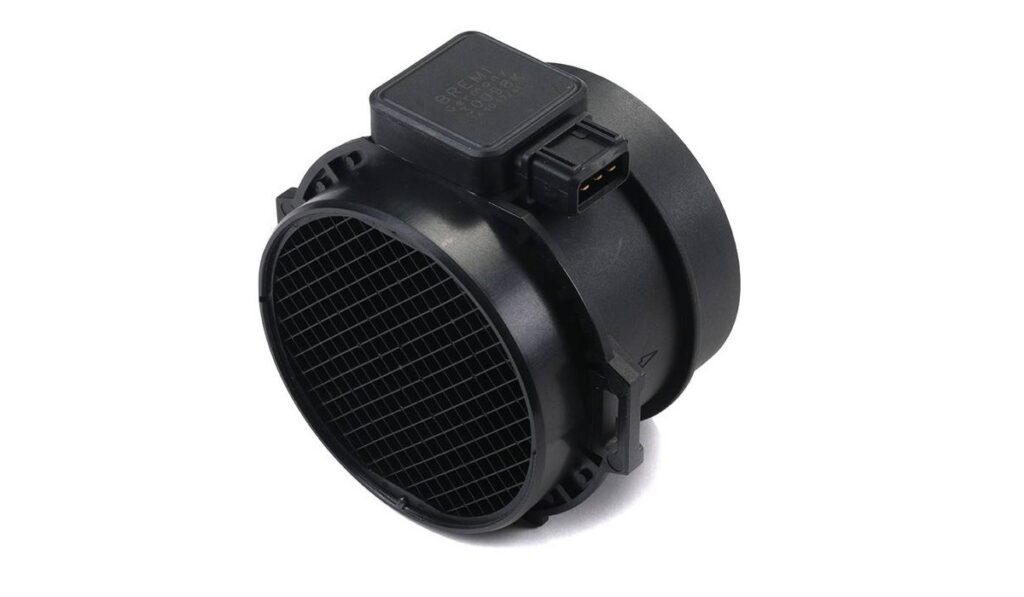
Understanding BMW Diagnostic Trouble Codes
Diagnostic Trouble Codes, commonly referred to as DTCs, are a critical component of modern automotive diagnostics. These codes are generated and stored by your car’s onboard computer, also known as the Engine Control Module (ECM) or Powertrain Control Module (PCM), whenever it detects an abnormal condition or malfunction within the vehicle’s various systems. Think of DTCs as clues your car leaves behind to help you and professional technicians identify and resolve issues.
Why Are DTCs Important?
Understanding and interpreting DTCs is essential for several reasons:
- Early Problem Detection — DTCs enable early detection of issues that might not be immediately obvious through visual inspection or performance degradation. This early warning can prevent more significant problems down the road.
- Efficient Diagnosis — DTCs provide a starting point for diagnosing problems. Instead of relying solely on trial and error, technicians can use these codes as a roadmap to pinpoint the issue quickly.
- Accurate Repairs — When a DTC is properly diagnosed, it leads to accurate repairs. This reduces the likelihood of unnecessary part replacements, saving time and money.
- Clear Communication — DTCs provide a standardized language for communication between your car and diagnostic tools. This makes it easier for mechanics to work on various makes and models.
The Role of DTCs in BMWs
BMW, like many other automakers, uses DTCs to monitor and report issues within its vehicles. These codes cover a wide range of systems, from the engine and transmission to the airbags and ABS brakes. Understanding BMW-specific DTCs is crucial for BMW owners, as it allows them to take appropriate action when their vehicle’s performance is compromised.
In the context of our discussion, we’re focusing on the 2D06 BMW diagnostic trouble code, which is associated with the air mass system. This code, like all DTCs, provides valuable information about the health of your BMW, specifically related to air intake and mass measurement.
What is Code 2D06?
The 2D06 BMW diagnostic trouble code is a specific code that relates to issues within the air mass system of your BMW vehicle. To understand this code, let’s break it down:
- 2D — The first part of the code, “2D,” is a generic identifier that signifies it’s a powertrain-related code. In this case, it relates to the engine’s operation.
- 06 — The second part of the code, “06,” is the specific fault code within the powertrain category. Each number or combination of numbers signifies a particular issue or malfunction.
Now, let’s dive into the significance of code 2D06 within the context of your BMW’s air mass system.
2D06 BMW Code Common Causes
Your BMW’s air mass system plays a critical role in the engine’s performance and fuel efficiency. This system is responsible for measuring the amount of air entering the engine, allowing the engine control module (ECM) to adjust the air-fuel mixture for optimal combustion.
When code 2D06 is triggered, it indicates a problem within the air mass system. More specifically, it often points to issues related to the Mass Air Flow (MAF) sensor or Mass Air Flow circuit.
Here are the common causes of the 2D06 Code:
- MAF Sensor Malfunction — One of the primary culprits behind code 2D06 is a malfunctioning MAF sensor. This sensor measures the amount of air entering the engine and sends this data to the ECM. A faulty MAF sensor can result in inaccurate air mass readings.
- Air Intake Issues — Problems with the air intake system, such as clogs, leaks, or restrictions, can disrupt the proper flow of air into the engine, leading to code 2D06.
- Vacuum Leaks — Vacuum leaks in the intake system can interfere with the MAF sensor’s ability to accurately measure air mass. These leaks can occur in hoses, gaskets, or other components.
Understanding the significance of code 2D06 and its connection to the air mass system is the first step in diagnosing and addressing the issue. In the following sections, we’ll explore common symptoms associated with air mass system problems, the importance of timely diagnosis, and effective solutions to resolve this code and restore your BMW’s performance.
Common Causes of Code 2D06
Code 2D06 in your BMW’s diagnostic system is a clear indicator that something is amiss within the air mass system. To effectively address this issue, it’s crucial to understand the common causes behind this code. Let’s explore these potential culprits:
MAF Sensor Malfunction
The Mass Air Flow (MAF) sensor is a critical component of your BMW’s air mass system. It measures the amount of air entering the engine and communicates this data to the Engine Control Module (ECM). A malfunctioning MAF sensor can provide inaccurate readings, leading to code 2D06.
Air Intake Issues
The air intake system ensures a smooth flow of air into the engine. Any disruption in this flow can trigger code 2D06. Common air intake problems include:
- Air Filter Clogs — A clogged air filter restricts the airflow, affecting air mass measurement.
- Air Intake Leaks — Leaks in the air intake system, including hoses and connections, can lead to unaccounted-for air entering the engine.
Vacuum Leaks
Vacuum leaks in the intake system can disrupt the MAF sensor’s ability to accurately measure air mass. These leaks often occur in:Damaged or disconnected vacuum hoses can cause air leaks. Worn or deteriorated gaskets can create gaps where air can escape.
Electrical Issues
Wiring problems, damaged connectors, or issues with the MAF sensor’s electrical circuitry can result in code 2D06.
Dirty or Contaminated MAF Sensor
Over time, the MAF sensor can accumulate dirt, oil, or other contaminants. This can interfere with its functionality and trigger the code.
Aftermarket Modifications
If your BMW has undergone aftermarket modifications, such as an aftermarket air intake system or engine tuning, it can sometimes lead to code 2D06 if not properly calibrated or installed.
Identifying the specific cause of code 2D06 requires a systematic approach, including a combination of visual inspections, diagnostic tool readings, and sometimes, the expertise of a trained technician.
Symptoms of Air Mass System Issues
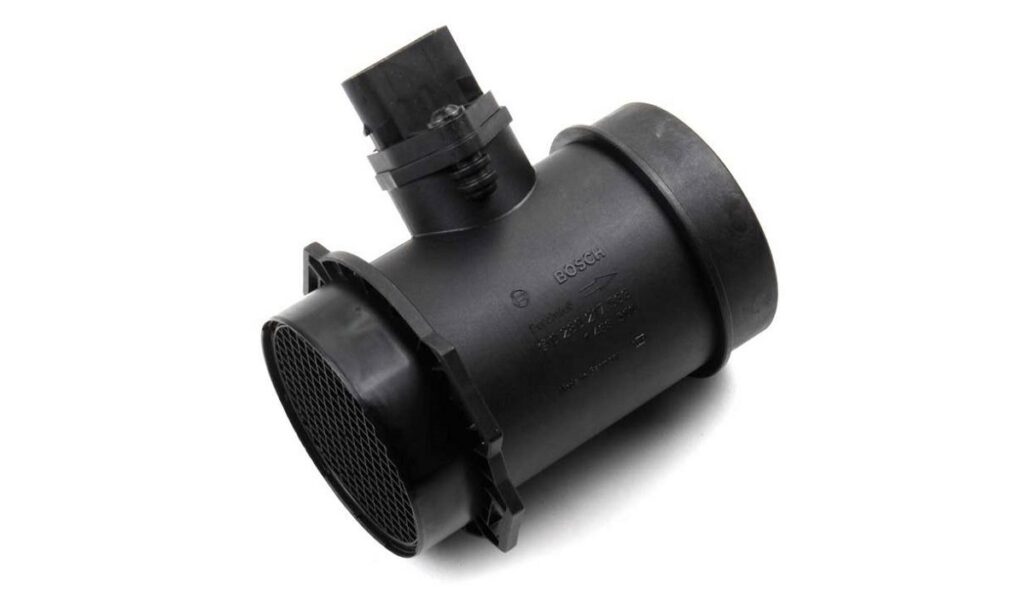
Understanding the common symptoms associated with air mass system issues is essential for BMW owners. Recognizing these signs can help you identify potential problems early and take appropriate action. Here are the typical symptoms that may indicate air mass system issues, including the triggering of code 2D06:
- Reduced Engine Performance — One of the most noticeable signs of air mass system problems is a reduction in engine performance. You may experience sluggish acceleration and reduced power when driving.
- Decreased Fuel Efficiency — Air mass system issues can disrupt the proper air-fuel mixture, leading to decreased fuel efficiency. If you find yourself making more frequent trips to the gas station, it could be related to this problem.
- Rough Idling — Irregular or rough idling, where your engine seems to run unevenly or vibrates noticeably when stationary, can be a symptom of air mass system issues.
- Check Engine Light (CEL) Illumination — The most common indicator of air mass system issues is the illumination of the Check Engine Light (CEL) on your dashboard. This light is triggered when the ECM detects a problem, including code 2D06.
- Unusual Engine Noises — An improperly functioning air mass system can lead to unusual engine noises, such as hissing or whistling sounds, particularly during acceleration.
- Stalling or Difficulty Starting — In severe cases, air mass system problems can cause your engine to stall or make it difficult to start your vehicle.
It’s important to note that while these symptoms are indicative of air mass system issues, they can also overlap with other engine problems. Therefore, diagnosing the specific cause requires a systematic approach, starting with retrieving and analyzing the diagnostic trouble code, in this case, code 2D06.
Diagnosing and Fixing Code 2D06
When you encounter code 2D06 in your BMW’s diagnostic system, it’s essential to address it promptly to ensure your vehicle’s optimal performance. Here’s a step-by-step guide on how to diagnose and fix code 2D06:
- Retrieve the Code — Use an OBD-II Scanner: Begin by connecting an OBD-II scanner to your BMW’s onboard diagnostic port. These scanners are readily available and can be purchased or borrowed from auto parts stores or online retailers.
- Read the Code — Use the scanner to read the diagnostic trouble code stored in your BMW’s ECM. When code 2D06 appears, take note of it for reference during diagnosis and repair.
- Visual Inspection — Inspect the Air Intake System: Carefully examine the air intake system for any visible damage, loose connections, or leaks. Pay close attention to the air filter, hoses, and intake manifold.
- Check Wiring and Connectors — Inspect the wiring harness and connectors associated with the Mass Air Flow (MAF) sensor and other components of the air mass system. Look for frayed wires or loose connections.
- Clean or Replace the MAF Sensor — Remove the MAF Sensor: If you suspect the MAF sensor is the culprit, remove it from the air intake system. Refer to your vehicle’s service manual for specific instructions on how to do this.
- Clean the MAF Sensor — If the MAF sensor is dirty or contaminated, clean it using specialized MAF sensor cleaner. Be gentle to avoid damaging the delicate sensor elements.
- Replace the MAF Sensor — If cleaning doesn’t resolve the issue, consider replacing the MAF sensor with a new, compatible unit.
- Address Vacuum Leaks — Use a smoke test or a propane torch with an attached hose (while being cautious) to identify vacuum leaks. The presence of smoke or a change in engine RPM indicates a leak.
- Repair or Replace Affected Components — Once you’ve identified the source of the vacuum leak, repair or replace the affected components, such as hoses or gaskets.
- Clear the Code and Test Drive — Clear the DTC: Use your OBD-II scanner to clear the diagnostic trouble code from the ECM’s memory.
- Test Drive — Take your BMW for a test drive to ensure that the issue has been resolved. Pay attention to engine performance, acceleration, and any unusual sounds.
- Monitor for Recurrence — After resolving code 2D06, continue to monitor your BMW for any recurring issues or the re-illumination of the Check Engine Light. If the problem persists, further diagnosis may be necessary.
Preventive Maintenance
Preventing code 2D06 and other air mass system issues in your BMW is not only cost-effective but also ensures your vehicle continues to perform at its best. Here are some preventive maintenance measures to keep your BMW running smoothly:
- Regular Air Filter Replacement — The air filter is a crucial component of the air intake system. Over time, it can become clogged with dirt and debris, restricting airflow and potentially triggering code 2D06. Replace the air filter at recommended intervals to maintain optimal air intake.
- Scheduled Maintenance — Adhere to your BMW’s recommended maintenance schedule. Regular servicing by a certified BMW technician includes thorough inspections and preventive measures that can catch potential issues before they become major problems.
- Quality Fuel — Use high-quality fuel that meets the manufacturer’s specifications. Poor-quality or contaminated fuel can lead to engine problems, including issues with the air mass system.
- Avoid Over-Revving — Avoid excessive engine revving or aggressive driving, especially when the engine is cold. This can put additional stress on various components, including the air mass system.
- Keep Intake Components Clean — Periodically inspect and clean the components of your BMW’s air intake system. This includes checking for debris in the airbox and ensuring that hoses and connections are secure.
- Address Warning Signs Promptly — If you notice any symptoms of air mass system issues, such as reduced performance or the Check Engine Light coming on, address them promptly. Ignoring these warning signs can lead to more extensive and costly repairs.
- Use Genuine Parts — When replacing components within the air mass system or any other part of your BMW, opt for genuine BMW parts. These parts are designed to meet the highest quality and performance standards.
- Professional Inspections — Consider having your BMW professionally inspected annually or at specific mileage intervals, even if you haven’t encountered any issues. This proactive approach can identify potential problems early on.
Following preventive maintenance practices can minimize the risk of encountering code 2D06 and ensure your vehicle remains in top condition. Remember that regular maintenance not only preserves your BMW’s performance but also extends its lifespan and enhances overall safety.
Fix Your 2D06 BMW Code with Bimmers.com
Maintaining your BMW’s air mass system and addressing issues promptly not only ensures optimal performance but also extends the life of your vehicle. Whether you’re a seasoned BMW enthusiast or a new owner, having a solid understanding of DTCs like 2D06 and the air mass system is a valuable asset.
Now that you know what is causing the error and what you need in order to fix it, the only thing left is to get the right BMW part. Here at Bimmers.com, we offer a wide range of genuine, OEM and aftermarket mass air flow sensors for your car. Head over to our store, select your vehicle and you’ll be show a list of parts that are a guaranteed fit!

